During the last years, advances in genetics, nutrition and management resulted in a great productivity improvement. In addition, 1999 EU Directive and consumer demand, have driven production to cage free systems where main characteristic is that birds can now express their natural behaviour.
The combination of all this requires changes to better understand this behaviour (Pictures 1 & 2).
Picture 1. Birds at rest
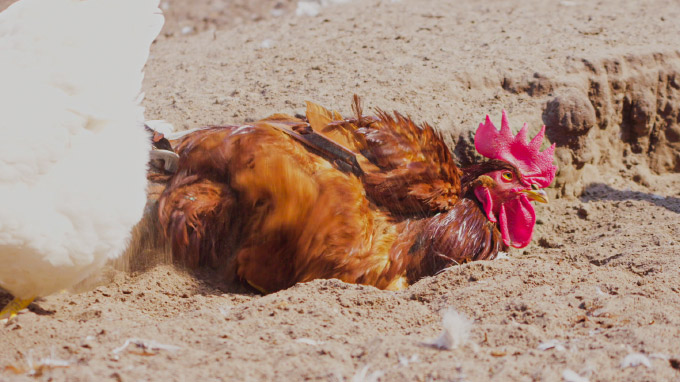
Picture 2. Birds foraging in nature
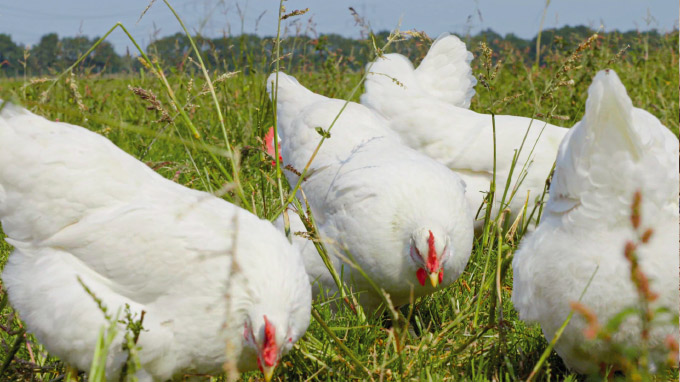
When observing wild birds’ behaviour, they spend most of their time on feeding related behaviour, like eating and foraging (Dawkins, 1989).
Bird ancestors were omnivorous and ate all sort of stuff like seeds, insects, herbs, insoluble fibres, etc. (Klasing, 2005).
Bird ancestors were omnivorous and ate all sort of stuff like seeds, insects, herbs, insoluble fibres, etc. (Klasing, 2005).
Grinding
In terms of digestion physiology, gizzard is the key.
Main functions include:
- Particle size reduction
- Chemical degradation of nutrients
- Regulation of digesta passage
In order to maximise the hens’ performance, their diets should mimic that of in nature. For this reason, it’s advisable to provide them a homogenous mash feed, as not only does this allow the birds to express a more natural feeding behaviour but also promotes gut health.
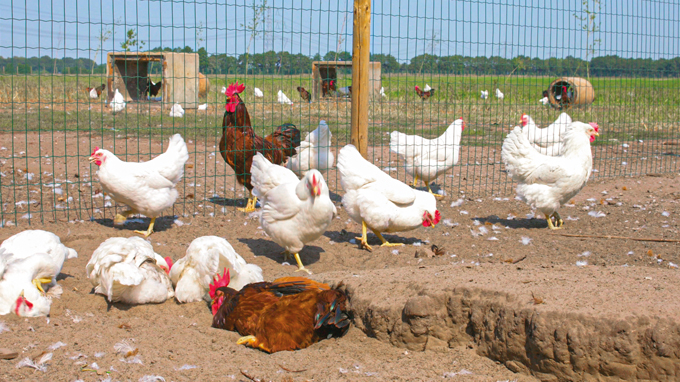
The presence of coarse particles in the feed will encourage grinding activity, hence the addition of stones, grits and sands would be advisable to support feed material breakdown (Svihus, 2011).
Also, when grit is provided, hens’ ability to digest diets with higher level of fibre is also improved.
Also, when grit is provided, hens’ ability to digest diets with higher level of fibre is also improved.
So, as part of our feeding strategy, using grit contributes to the hens’ overall health, as not only is it helping with particle size reduction but also, when spread in litter, promoting natural feeding behaviour.
Grit definition
When defining grit in general, it’s related to small particles of stone or sand. But for our “grinding” purposes, not all grits are similar. Grits can either be soluble or insoluble. Soluble grits, such as calcium and mineral sources (Pictures 3 & 4. Limestone and oyster shell respectively) are normally dissolved in the gizzard.Picture 3. Limestone
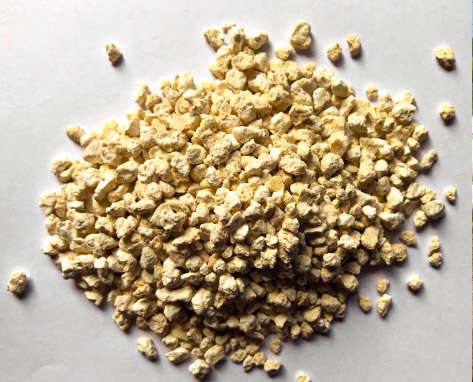
Picture 4. Oyster shell
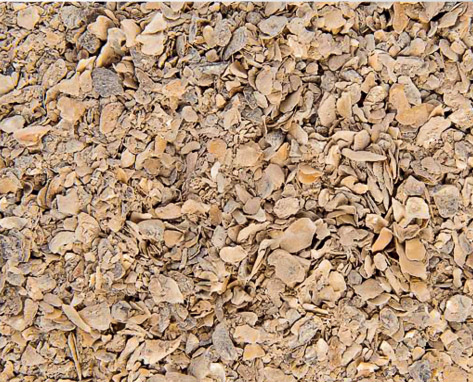
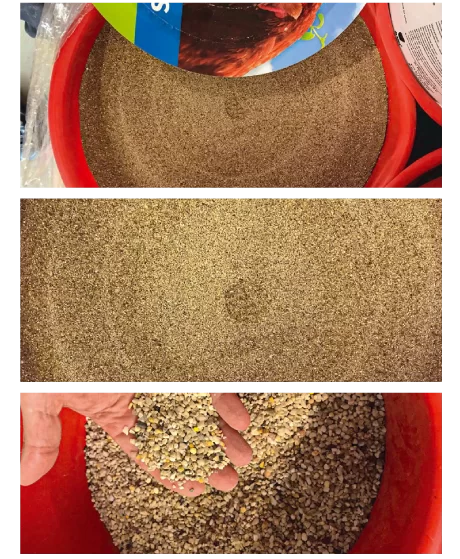
Insoluble particles of grit (granite) are the ones retained in the gizzard and boost grinding activity. Some examples are shown below.
Recommended grit levels
Adding grit in the diets of cage-free birds from rearing, may encourage animal welfare since it will give them the opportunity to have what is normally present in nature. Recommended levels are shown below.
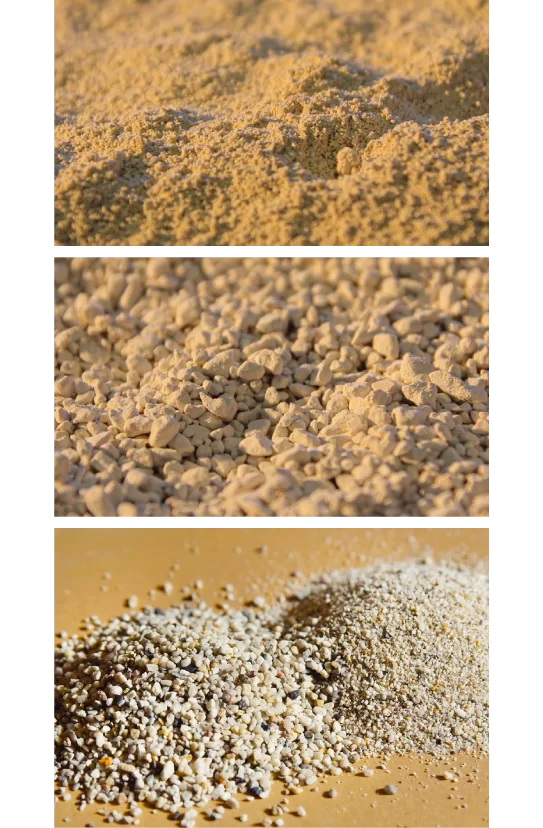
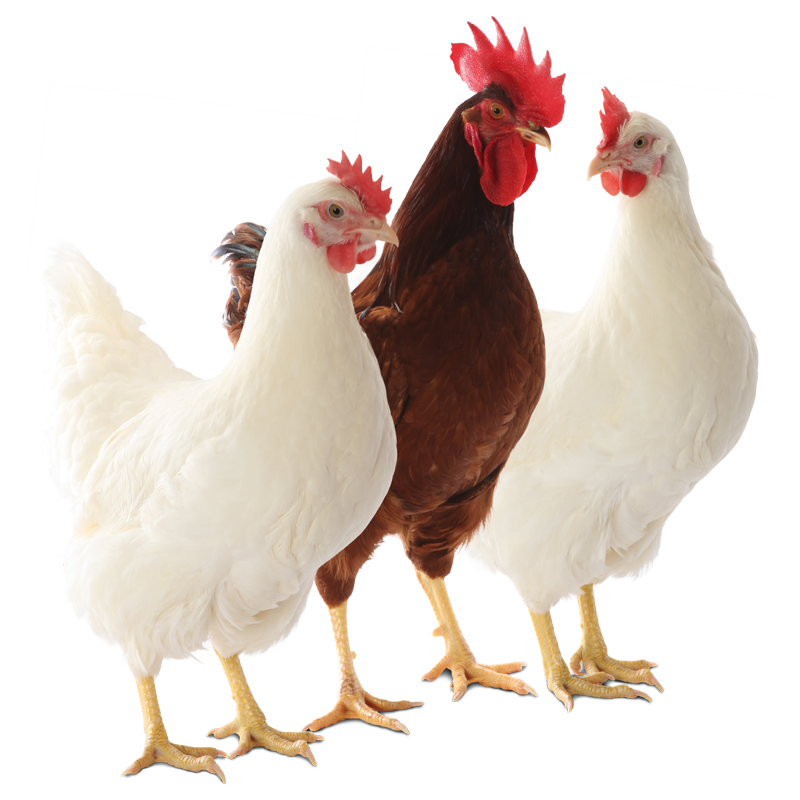
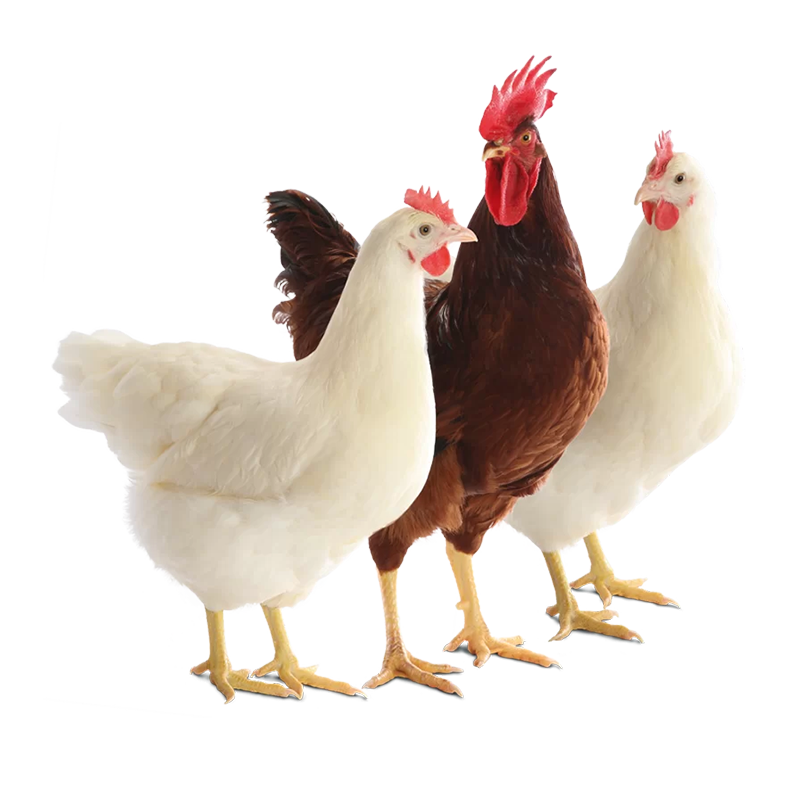
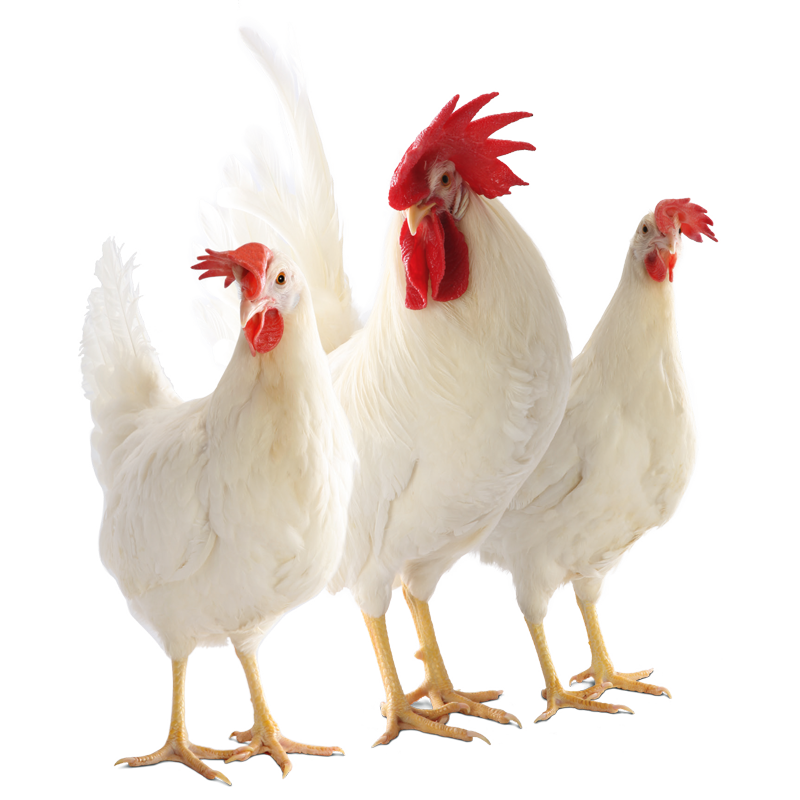
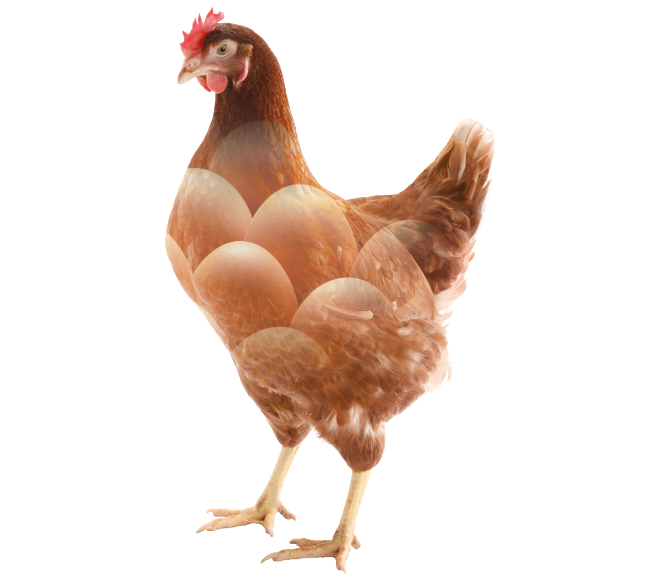



 营养
营养